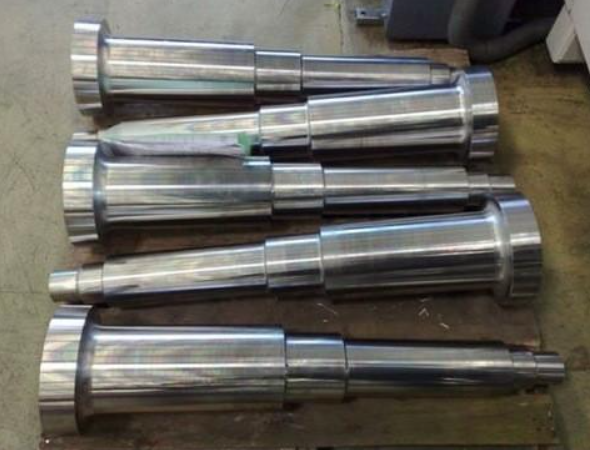Shafts are critical components in various mechanical systems, bearing the weight and transmitting the power of vehicles or machinery. To enhance their strength and durability, post-processing heat treatments are often employed. These procedures involve heating the Shafts to specific temperatures and then cooling them at controlled rates to modify their microstructure. By subjecting Shafts to such thermal processes, manufacturers aim to optimize their mechanical properties, ensuring they can withstand high stress and fatigue over prolonged periods.
Types of Heat Treatment Processes for Shafts
Several heat treatment techniques can be utilized to improve the strength and durability of Shafts. One common method is quenching, which involves rapidly cooling the axle from its elevated temperature to increase hardness. This process transforms the microstructure of the metal, enhancing its tensile strength and wear resistance. Another common technique is tempering, where the axle is heated to a lower temperature after quenching to reduce internal stresses and improve toughness. This balances the hardness obtained through quenching with increased ductility, making the axle less brittle and more resilient to impact loads.
Selecting the Appropriate Heat Treatment for Shafts
The choice of heat treatment process for Shafts depends on various factors, including the material composition, desired mechanical properties, and application requirements. For instance, carbon steel Shafts may benefit from processes like normalizing or annealing to refine their grain structure and improve machinability. On the other hand, alloy steel Shafts might require specialized treatments such as case hardening or nitriding to enhance surface hardness and wear resistance. It is crucial for engineers and manufacturers to carefully analyze the specific needs of the axle and select the most suitable heat treatment process to achieve the desired balance between strength, toughness, and durability.
By implementing appropriate heat treatment processes, manufacturers can significantly enhance the strength and durability of Shafts, ensuring they meet the stringent performance demands of modern applications. Whether it’s quenching, tempering, normalizing, or specialized treatments like case hardening, each method plays a vital role in optimizing the mechanical properties of Shafts. With a thorough understanding of the material characteristics and application requirements, engineers can tailor the heat treatment process to create Shafts that excel in both strength and longevity, ultimately contributing to the overall reliability and efficiency of the machinery or vehicles they support.
Post time: Mar-22-2024





